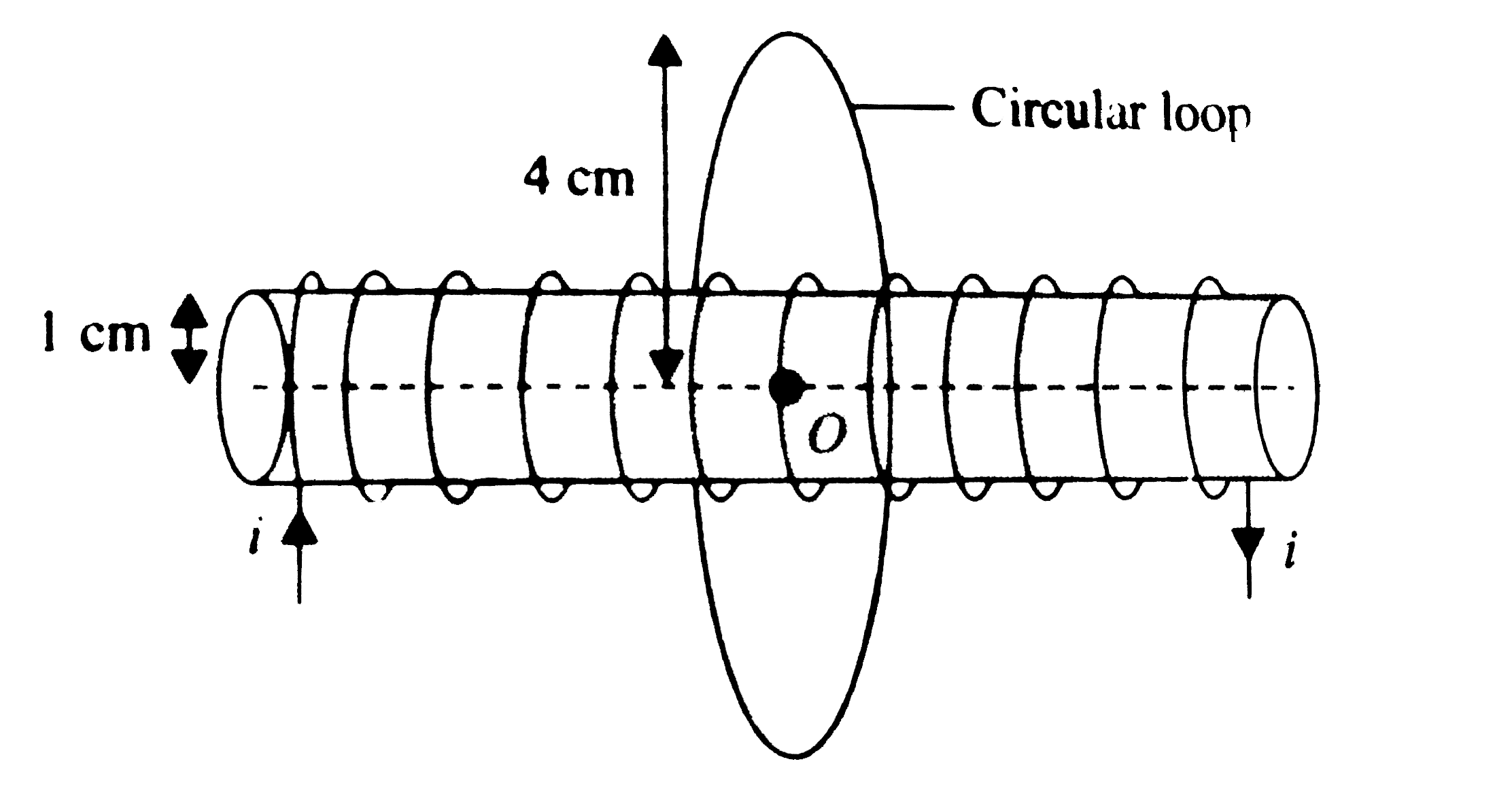Prove that if any tangent to the ellipse is cut by the tangents at the endpoints of the major axis at TandT' , then the circle whose diameter is TT' will pass through the foci of the ellipse.
Step by step video & image solution for Prove that if any tangent to the ellipse is cut by the tangents at the endpoints of the major axis at Ta n dT ' , then the circle whose diameter is T T ' will pass through the foci of the ellipse. by Maths experts to help you in doubts & scoring excellent marks in Class 12 exams.
Updated on:21/07/2023Similar Questions
A tangent to the ellipse 4x2+9y2=36 is cut by the tangent at the extremities of the major axis at T and T1, the circle on TT1 as diameter passes through the point
View SolutionThe tangent at any point on the ellipse 16x2+25y2=400 meets the tangents at the ends of the major axis at T1 and T2. The circle on T1T2 as diameter passes through
View Solutiony-axis is a tangent to one ellipse with foci (2,0) and (6,4) if the length of the major axis is then [x]=_____
View SolutionThe equation of tangent to the ellipse 2x2+3y2=6 which make an angle 30∘ with the major axis is
View SolutionThe tangents and normal at a point on x2a2−y2b2=1 cut the y-axis A and B. Then the circle on AB as diameter passes through the focii of the hyperbola
View SolutionFind the equation of the tangents drawn at the ends of the major axis of the ellipse9x2+5y2−30y=0
View SolutionThe tangent at a point P on the ellipse x2a2+y2b2=1, which in not an extremely of major axis meets a directrix at T. Statement-1: The circle on PT as diameter passes through the focus of the ellipse corresponding to the directrix on which T lies.
Statement-2: Pt substends is a right angle at the focus of the ellipse corresponding to the directrix on which T lies.
View SolutionProve that the tangent at any point of circle is perpendicular to the radius through the point of contact.
View SolutionProve that the tangent at any point of circle is perpendicular to the radius through the point of contact.
View SolutionA long solenoid having n = 200 turns per metre has a circular cross-section of radius a1=1cm. A circular conducting loop of radius a2=4cm and resistance R=5(Ω) encircles the solenoid such that the centre of circular loop coincides with the midpoint of the axial line of the solenoid and they have the same axis as shown in Fig.

A current 't' in the solenoid results in magnetic field along its axis with magnitude B=(μ)ni at points well inside the solenoid on its axis. We can neglect the insignificant field outside the solenoid. This results in a magnetic flux (ϕ)B through the circular loop. If the current in the winding of solenoid is changed, it will also change the magnetic field B=(μ)0ni and hence also the magnetic flux through the circular loop. Obvisouly, it will result in an induced emf or induced electric field in the circular loop and an induced current will appear in the loop. Let current in the winding of solenoid be reduced at a rate of 75A/sec.
When the current in the solenoid becomes zero so that external magnetic field for the loop stops changing, current in the loop will follow a differenctial equation given by [You may use an approximation that field at all points in the area of loop is the same as at the centre
View Solution
